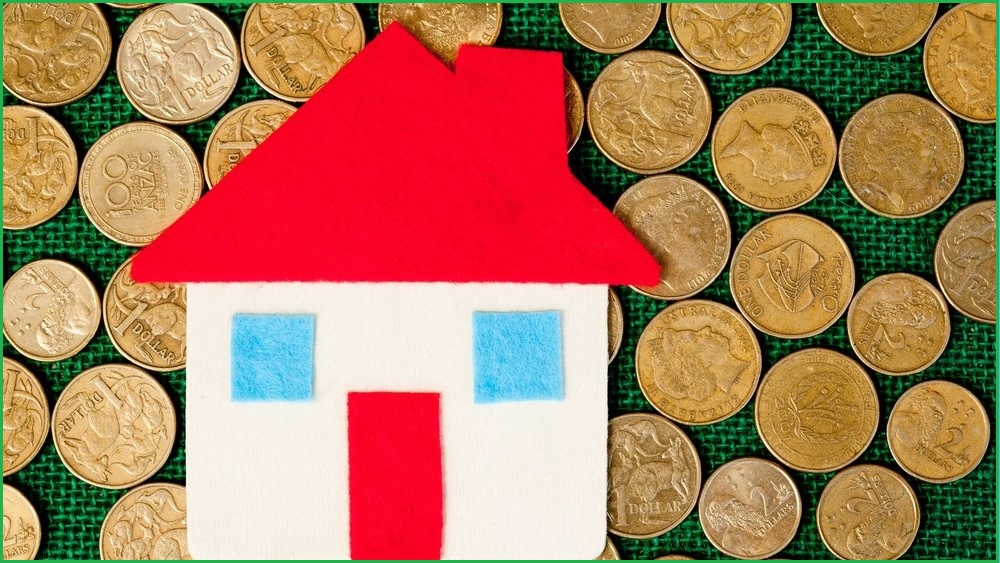Property owners can now borrow against their properties by selling small shares of the value in their homes – with no interest and no monthly repayments – thanks to a blockchain based platform that Sydney fintech startup MyBrix is positioning as a major market disruptor.
Designed and developed over two years, the platform – which started as a lockdown-era brainstorm asking “what if we could borrow money with no interest?” – was the brainchild of Brian Stevens, whose software development firm TeckCraft has long provided back-end platforms for telecommunications, financial services, and other companies.
Built to facilitate ‘fractionalisation’ of property values, MyBrix is a derivatives-based investment structure that enables property owners to sell shares of their properties as units of value, called Brix, to investors whose investment is available to the owners immediately.
Each Brix is worth is equal to one ten-thousandth of the value of the property – equal to $100 per $1 million of property value – and each Brix is discounted by 15 per cent for owner-occupied homes, or 10 per cent for rental properties, to ensure that investors have a profit margin from day one.
The price of a Brix “is always based on the value of the property because of its intrinsic value,” Stevens told Information Age. “To attract investors, you discount your Brix so you’re creating a margin for investors straightaway.”
If a homeowner sells $500,000 worth of Brix on a property worth $1 million, for example, and the property later sells for $1.5 million, each investor will realise a 50 per cent return.
The built-in buffer means property values could drop and investors would still be able to recoup their investment.
Meanwhile, the $500,000 – minus fees and discounts – is available to the property owner immediately, at zero interest and without the need to make monthly repayments.
Owners can buy back Brix if they want, paying back the face value of the Brix in a transaction that would provide necessary returns for the investors while reducing the owners’ exposure.
Whereas previous fractionalisation platforms have been available for a small selection of carefully vetted properties, Stevens said, MyBrix is available for any property in Australia – democratising a “new financial security model that helps us do the hard work of the fractionalisation.”
MyBrix “allows peer-to-peer investment to happen on each property in Australia,” he explained. “We’re trying to push something out that is not normally available to everybody. We’re not selling the equity, there’s no change in ownership, and owners are still in charge of their property.”
Disrupting the mortgage market?
Although TeckCraft has built financial platforms for customers in the past, building the MyBrix platform – which runs in the Amazon Web Services cloud as a custom application that is heavily integrated with real-estate data feeds – proved to be a complex challenge, Stevens said.
All transactions are logged on a private and immutable blockchain, which is only available to investors vetted through Know Your Customer anti money-laundering processes.
As well as building the application around the Stellar blockchain payments platform, the company had to obtain a formal Australian financial services (AFS) licence and is undergoing certification to the ISO 27001 service management standard.
“Because of our genesis, we’re really conscious about security,” Stevens said.
Ongoing data analysis is also crucial to the success of the platform, with continuous updating and reanalysis of property values – as well as annual revaluation of all properties in the system – ensuring that the investment structure reflects changing and current market conditions.
Now live, MyBrix is working to recruit customers and investors, with Stevens hoping to onboard 1,000 properties to the platform within a year – as well as bringing on enough investors to balance that property portfolio.
All going well, Stevens expects to launch a trading exchange for Brix – which will facilitate the sale of Brix similar to public company shares – and an indexed buyback plan that allows property owners to buy back their Brix at a specified price each year.
In a market characterised by concerns about property owners being trapped in mortgage cliffs and prisons, Stevens is optimistic that a disruptive service like MyBrix will quickly find a built-in audience eager to tap fintech innovation to improve their financial position.
“My gut feeling,” he said, “is that there will be more property owners wanting to get on than we can fund.










